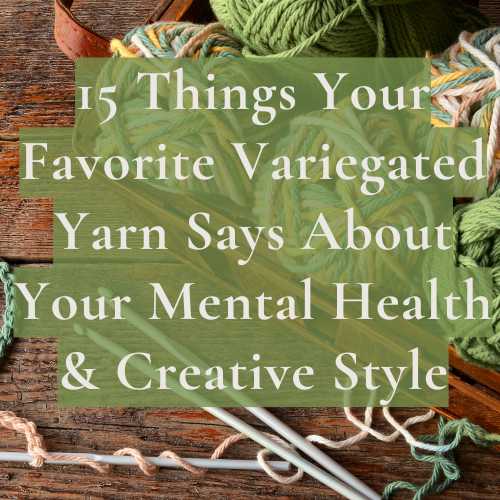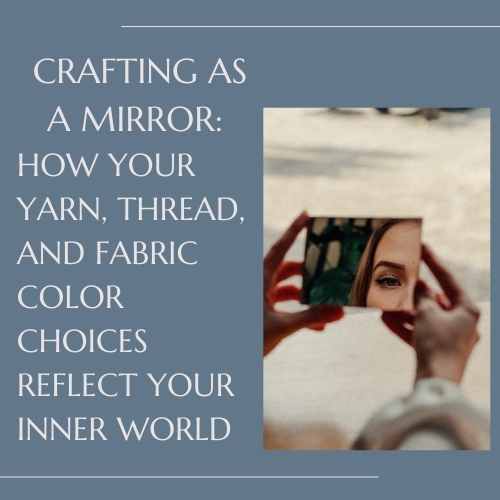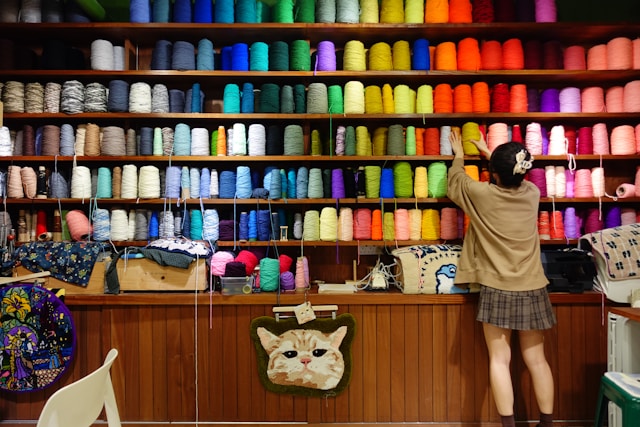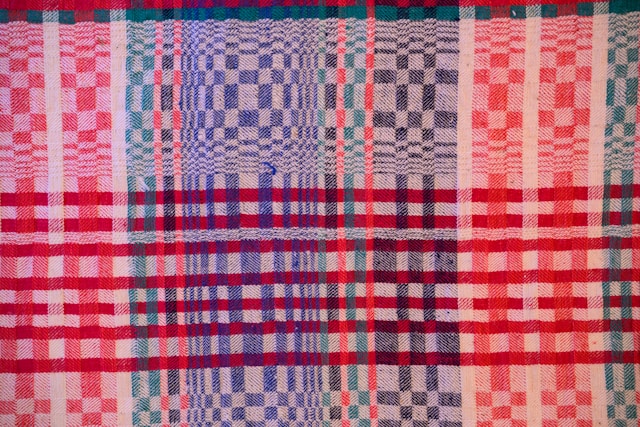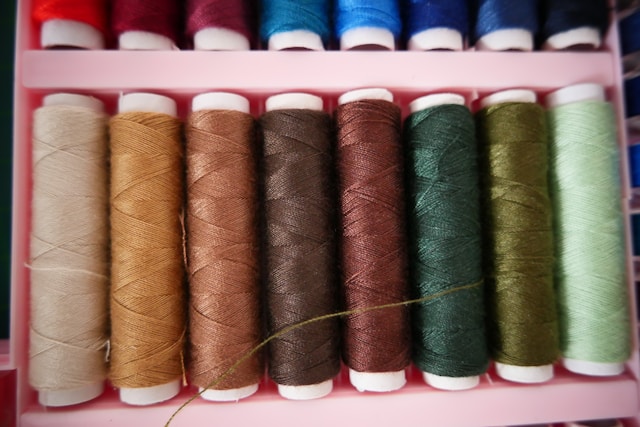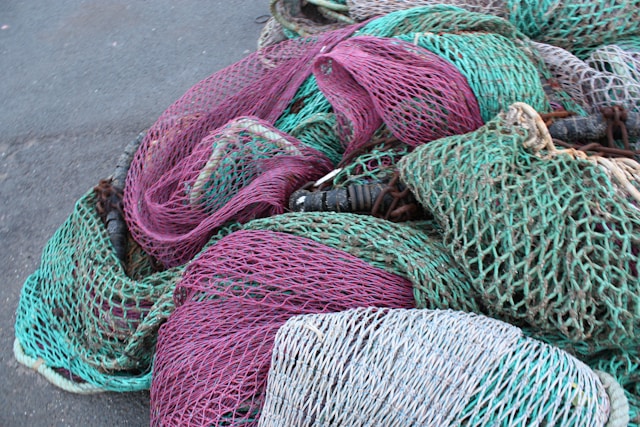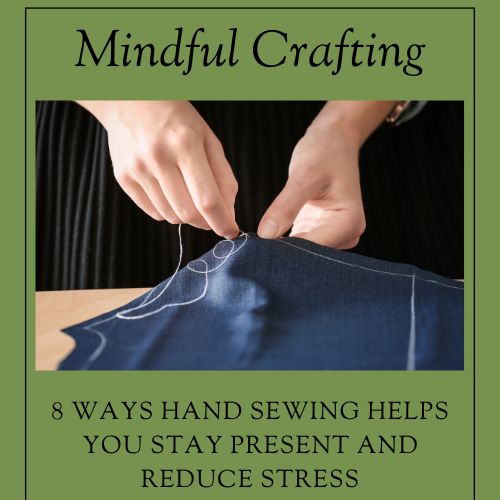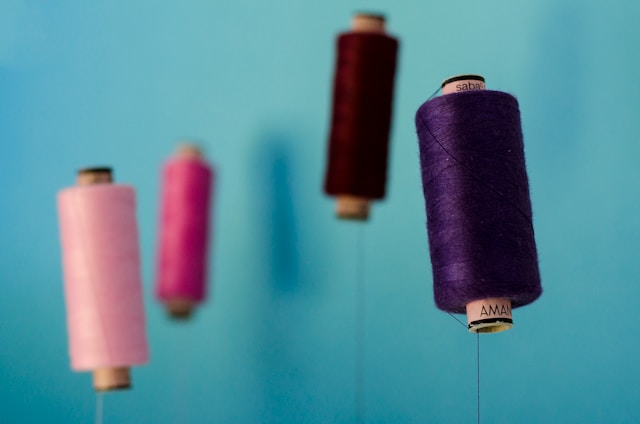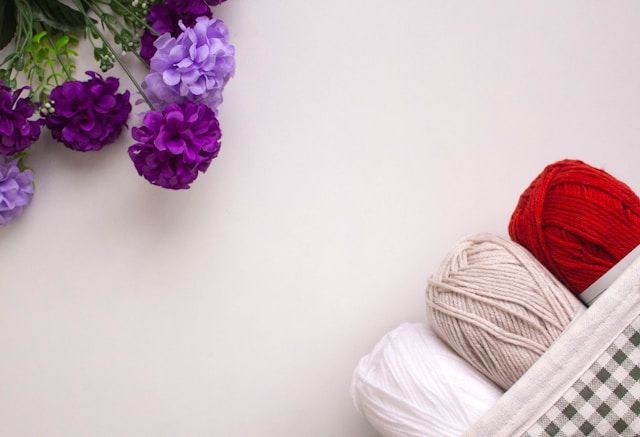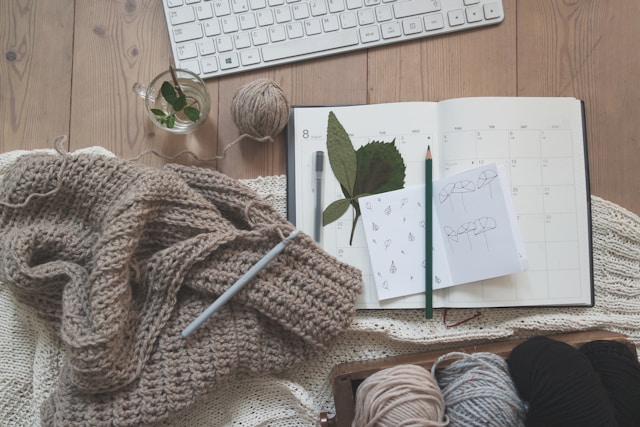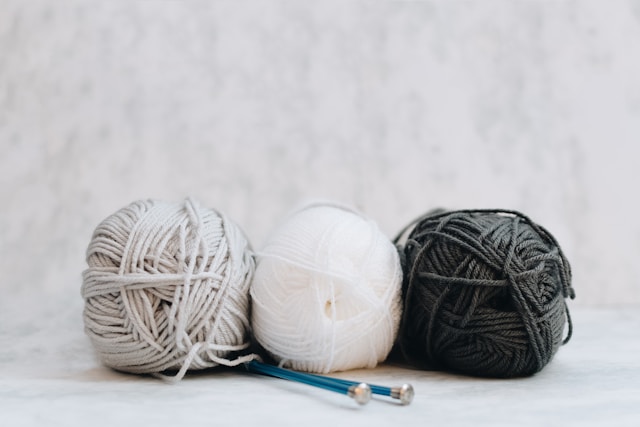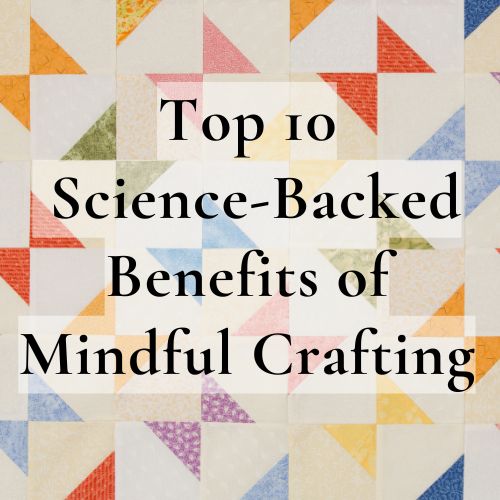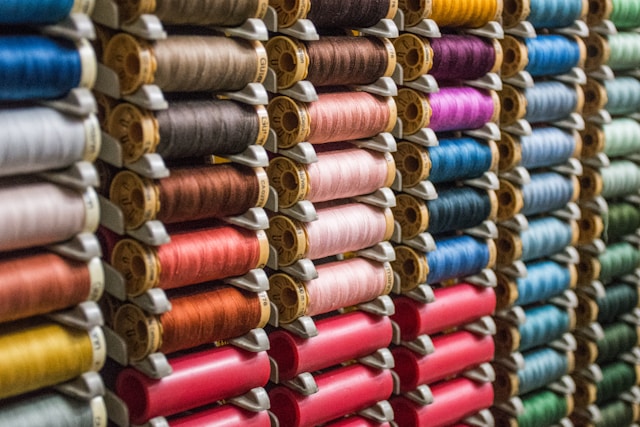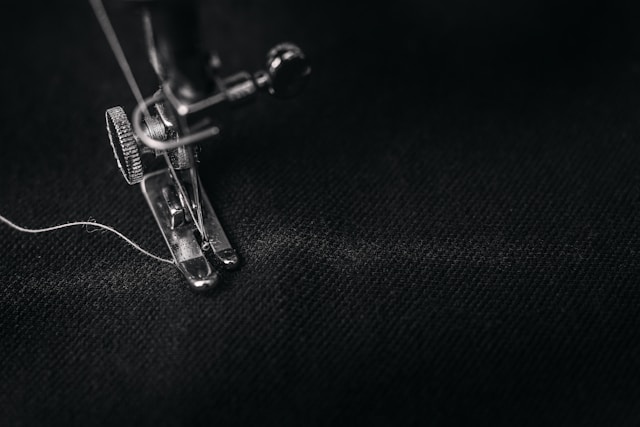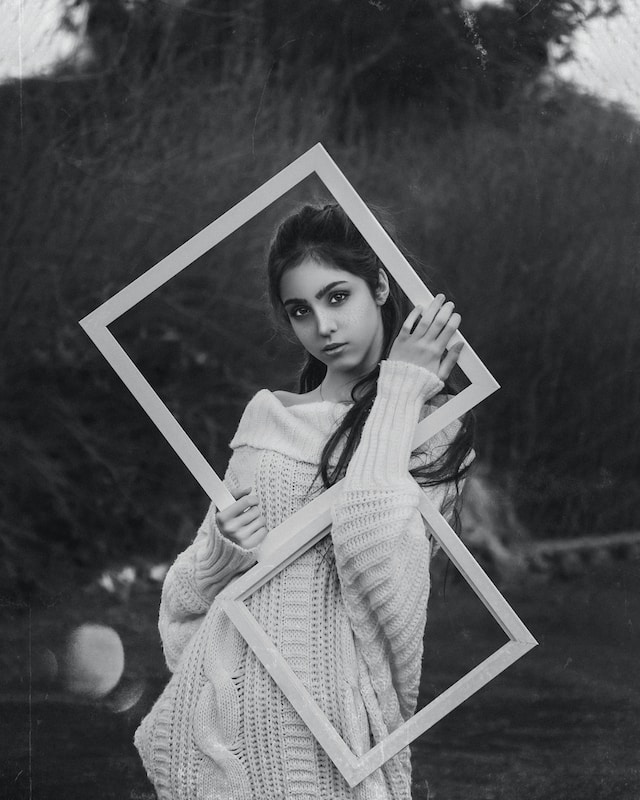Variegated yarn is a personality all on its own—bold color shifts, unpredictable patterns, and endless creative possibilities. But let’s be honest, your favorite variegated yarn choices might reveal a little more about you than you think. Whether you love a rainbow riot or a moody fade, the yarn you’re drawn to can reflect your mental state, personality, and even your approach to life.
So, grab your project bag, take a look at what’s on your needles or hook, and see if you recognize yourself in any of these 15 variegated yarn personalities.
🧶 Want to explore more about the deeper connections between your craft and your emotions? Click here to join Craft to Heal.
1️⃣ The Full-Spectrum Rainbow: “Go Big or Go Home”
If your stash is full of bold, unapologetic rainbows, you probably have an optimistic, high-energy personality. You see potential everywhere and love the idea of crafting as an expressive, joyful act.
Wellness Insight: You thrive on dopamine boosts from bright colors and may turn to crochet or knitting as a way to lift your mood and spark creativity.
2️⃣ Soft Pastel Washes: “The Gentle Dreamer”
Muted, watercolor-like colorways mean you love subtlety, softness, and calm. You might be a deep thinker who enjoys slow, meditative stitching over fast, high-energy projects.
Wellness Insight: You use crafting as a form of emotional regulation, turning to gentle colors when you need peace and grounding.
3️⃣ Moody Blues & Purples: “The Introspective Artist”
If deep blues, purples, and jewel tones dominate your stash, you’re likely someone who loves deep conversations, nighttime crafting, and introspection. You’re drawn to colors that feel like stillness and self-reflection.
Wellness Insight: These colors are often linked to soothing anxiety and encouraging inner peace—you may find fiber arts to be an important part of your self-care routine.
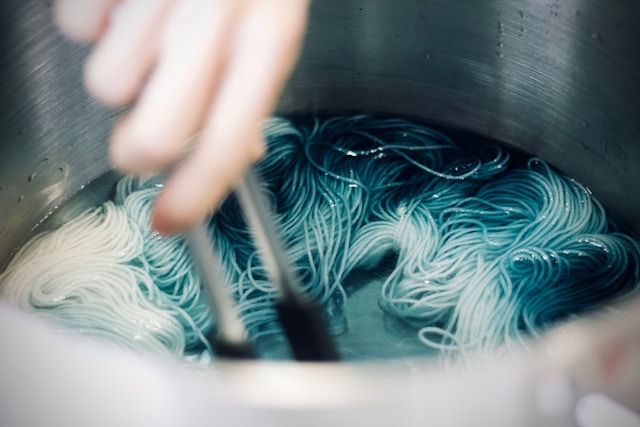
4️⃣ Earthy Greens & Browns: “The Nature Seeker”
You lean toward woodsy, plant-inspired hues, loving the grounding feeling of earthy greens, warm browns, and subtle autumnal shifts. You probably love knitting outdoors, sipping tea, and making things with meaning.
Wellness Insight: These natural tones can help create a sense of balance, stability, and connection to the present moment—ideal for stress relief.
5️⃣ Black & Grey Neutrals: “The Minimalist with a Wild Side”
You appreciate timeless neutrals but love when they have a slight edge—maybe speckled black and white, soft grey fades, or stark charcoal tones. You likely have an understated but confident personality, valuing craftsmanship over trends.
Wellness Insight: You may use crafting as a way to clear mental clutter, bring focus, and simplify the world around you.
6️⃣ High-Contrast Speckles: “The Chaos Lover”
Bright pops of color splashed across neutrals? Yes, please. You love surprises and embrace creative spontaneity. You probably get excited every time a speckled section appears in your work.
Wellness Insight: Your brain loves novelty and excitement, and fiber arts may be your way of keeping your mind engaged without overstimulation.
7️⃣ Tonal Fades & Gradient Shifts: “The Quiet Observer”
You lean toward seamless color transitions, loving the slow evolution of color rather than sharp, sudden shifts. You appreciate subtlety, depth, and elegance.
Wellness Insight: You may find comfort in predictability and slow transformation, using knitting or crochet as a way to work through emotions gradually.
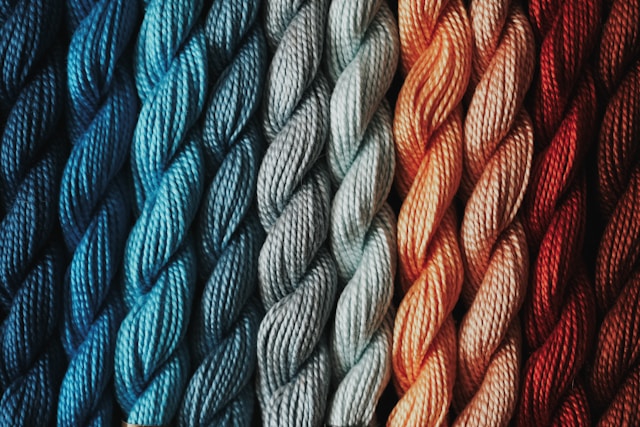
8️⃣ Jewel Tones: “The Confident Creator”
Saturated reds, deep greens, and rich purples—your yarn choices scream bold, luxurious, and creative confidence. You love making a statement with your projects.
Wellness Insight: Jewel tones are often linked to passion, creativity, and self-expression—you might use crafting as a way to tap into your power and motivation.
9️⃣ Sunset Colorways: “The Sentimental Dreamer”
Warm oranges, pinks, and golds that blend like a setting sun? You love nostalgia, sentimentality, and finding beauty in small moments. You craft for the memories as much as the finished product.
Wellness Insight: These colors are associated with comfort, warmth, and emotional connection, making them perfect for people who use fiber arts as a way to reflect on life’s meaningful moments.
🔟 Neon & Electric Brights: “The Unapologetic Adventurer”
You love loud, vibrant neons that demand attention. Your projects are all about energy, movement, and pushing creative boundaries.
Wellness Insight: Bright, intense colors can stimulate dopamine production—you may find crafting essential for staying inspired and energized, especially if you struggle with low motivation or creative slumps.
1️⃣1️⃣ Multicolored Splatter Dye: “The Joyful Experimenter”
If you love yarns that look like they’ve been splattered with every color in existence, you thrive on creative play and don’t take things too seriously.
Wellness Insight: You likely use fiber arts as a stress-reliever, preferring spontaneity over rigid structure. You might struggle with creative discipline but make up for it with boundless enthusiasm.
1️⃣2️⃣ Dark & Stormy Colorways: “The Deep Thinker”
Charcoal, navy, deep purples, and dusky blues? You embrace moodiness, introspection, and the beauty in darker tones.
Wellness Insight: These colors are often comforting for people who experience anxiety or depression, offering a sense of emotional depth and reflection.
1️⃣3️⃣ Soft Vintage Colorways: “The Nostalgic Maker”
You love colors that look slightly faded—muted pinks, dusty blues, and soft taupes—like a worn-out quilt from decades past.
Wellness Insight: You may use crafting as a connection to memory, family, or tradition, finding comfort in the familiar.
1️⃣4️⃣ Candy-Colored Pastels: “The Optimistic Maker”
Soft, playful shades of pink, mint, and lavender fill your stash. You’re likely an optimist who crafts to bring lightheartedness into the world.
Wellness Insight: Pastel tones can be soothing and uplifting, making them perfect for people who use fiber arts to boost their mood and counter stress.
1️⃣5️⃣ Whatever’s On Sale: “The Practical Creator”
You pick yarn based on what’s available, affordable, and easy to work with rather than overthinking the color. You love functionality over trends.
Wellness Insight: You may find that crafting is more about routine and relaxation rather than self-expression—fiber arts are your meditative break from overthinking.
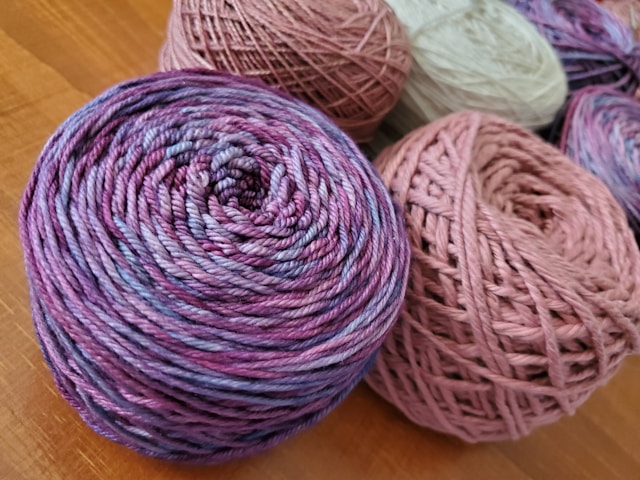
What Your Yarn Says About You & How Craft to Heal Explores It
Your color and pattern choices aren’t random—they reflect your emotions, creative personality, and even your mental health needs. If you find yourself consistently drawn to variegated yarn, rather than solids, it may say something unique about the way you approach creativity, problem-solving, and even emotional processing.
Why You Might Love Variegated Yarn Over Solids
✔ You thrive on variety and spontaneity. The unpredictable shifts in color excite you and keep you engaged, much like how you may seek novelty and change in other areas of life.
✔ You enjoy a sense of flow over rigid structure. Working with variegated yarn means embracing organic color transitions, which often reflects a willingness to adapt and let go of control.
✔ You like surprises and creative problem-solving. Whether you’re excited to see how the colors unfold or you love finding ways to manage unexpected pooling, you enjoy the challenge of working with something unpredictable.
✔ You may use fiber arts as an emotional outlet. Many people who choose variegated yarn are drawn to complexity and movement—whether as a way to express themselves or as a grounding tool for managing emotions.
✔ You resist creative monotony. Solid colors can feel repetitive, while variegated yarn brings built-in visual interest. If you struggle with losing motivation mid-project, variegated yarn might be your way of keeping things engaging.
✔ You embrace imperfection. Unlike carefully controlled colorwork, variegated yarn requires a level of letting go—trusting the process rather than meticulously planning every detail. This often reflects a desire for more freedom in creativity and life.
How Craft to Heal Explores This
These creative instincts and mental health patterns aren’t just limited to yarn—they show up in how we approach crafting, self-expression, and even daily life. In Craft to Heal, we explore how fiber arts can be used as a tool for self-discovery, emotional well-being, and mindfulness—helping you understand not just what you create, but why.
Whether you’re drawn to bold rainbows, soft pastels, or earthy fades, the colors and patterns you choose are telling you something. Are you listening?
